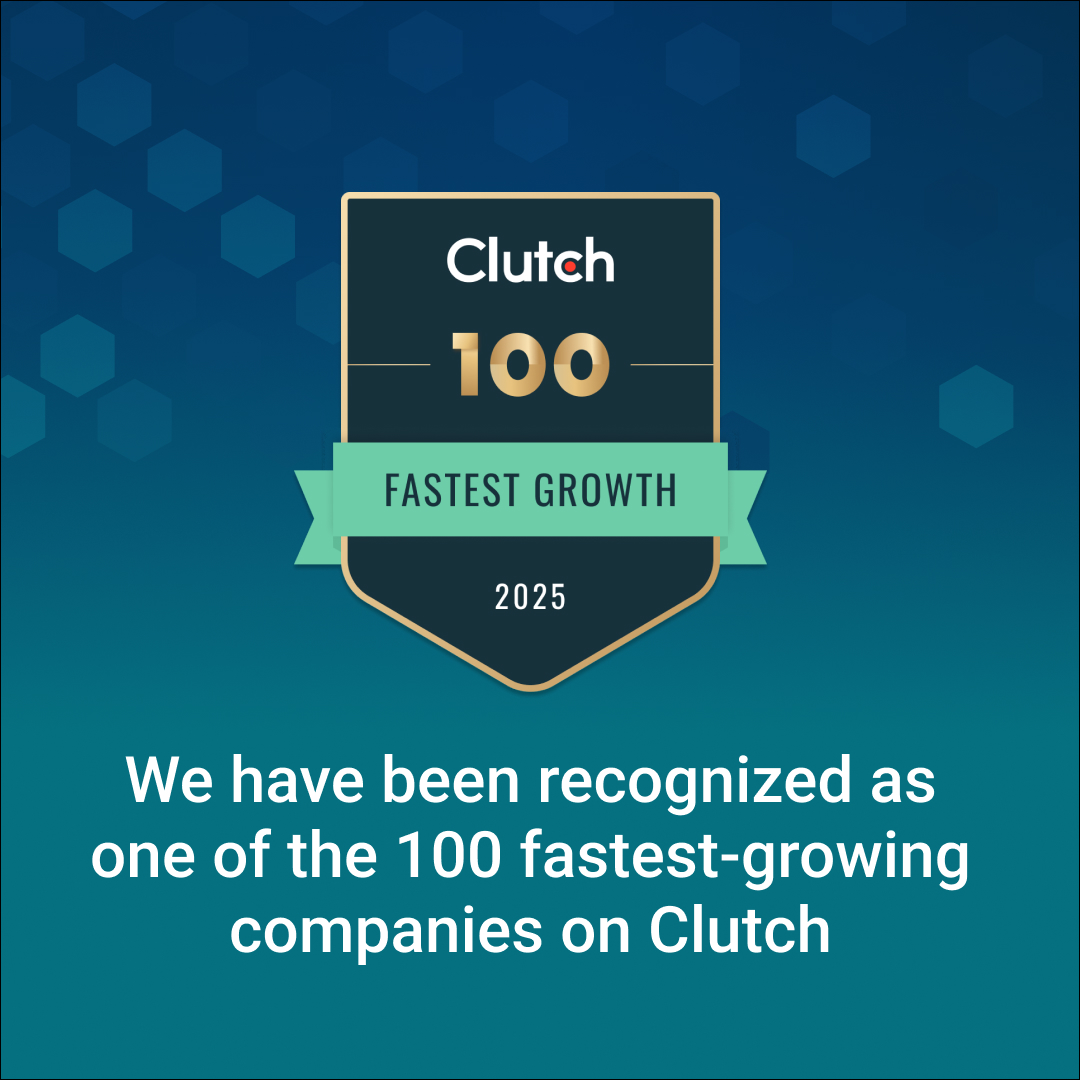AI Agents are quietly powering the future of automation, personalization, and decision-making—across industries. From self-driving cars to virtual tutors, these intelligent systems can perceive, learn, and act autonomously to solve real-world problems at scale.
In this guide, you’ll explore the key types of AI agents, how they work, and 45+ real-life examples transforming sectors like customer service, healthcare, finance, education, and beyond.
Let’s break down how AI agents work—and how to choose the right one for your needs.
As you explore how AI agents are transforming industries with automation, personalization, and intelligent decision-making, it’s essential to consider how these innovations move from concept to scalable, real-world solutions. For organizations looking to harness the full potential of intelligent systems, discover how AI-driven software development can help you build robust, production-ready applications that deliver measurable results.
A. What are AI Agents?
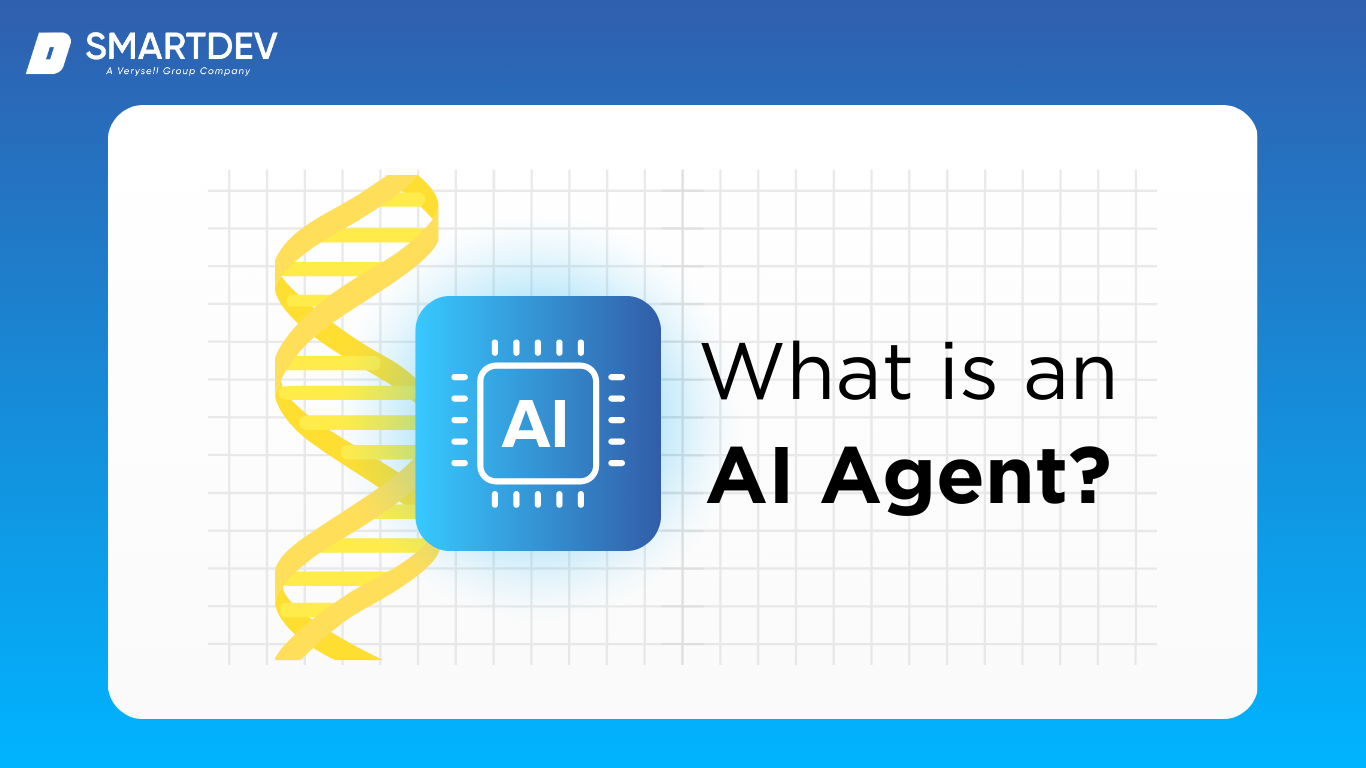
AI agents are intelligent systems designed to perceive their environment, reason about it, and take action to meet specific objectives. These agents are often programmed to mimic human decision-making processes, yet they can also excel in ways humans cannot – performing calculations or tasks at incredible speeds and with precision.
What sets AI agents apart from traditional software is their ability to adapt, learn, and make autonomous decisions without the need for explicit programming for every situation.
Differences Between AI Agents and Traditional Software
| Aspect | AI Agents | Traditional Software |
| Adaptability | Can adapt and improve based on new data and experiences | Limited flexibility typically only responds to programmed inputs |
| Autonomy | Operates autonomously, can make decisions without human intervention | Requires direct human input and control |
| Learning capability | Can learn from past actions or external feedback to improve performance | Cannot learn or adapt once programmed; operates within fixed parameters |
| Complexity | Capable of solving complex, dynamic problems and dealing with uncertainty | Typically designed for specific, well-defined tasks |
Read more: AI Models vs AI Agents.
B. How AI Agents Work?

AI agents are equipped with several key components that enable them to perceive, decide, and act in their environment. The interaction between these components is central to an AI agent’s functionality.
Key Components (Perception, Decision-Making and Action)

- Perception: The agent’s sensory system gathers data from its environment. This could include inputs from cameras, microphones, sensors, or even data feeds. Perception is the foundation of the agent’s understanding of its surroundings.
- Decision-Making: The core of an AI agent is its decision-making process. Using algorithms, the agent assesses the data it perceives and evaluates possible actions. This process can be based on a set of rules (as in rule-based systems), or more sophisticated techniques, such as machine learning models, can be used for more complex decisions.
- Action: Once a decision has been made, the agent carries out an action. This could involve changing the environment in some way, such as moving a robot’s limbs, sending a message, or adjusting an environmental condition, like a thermostat.
Learning Methods: Supervised, Reinforcement and Unsupervised

AI agents use different learning methods to improve their decision-making abilities:
- Supervised Learning: In supervised learning, the agent is trained on a labeled dataset, where the correct answer (or output) is already known. The agent learns by comparing its predictions to the correct output and adjusting its parameters accordingly.
- Reinforcement Learning: In this method, the agent learns by interacting with its environment and receiving feedback in the form of rewards or penalties. Over time, the agent learns which actions lead to positive outcomes and adapts its behavior accordingly.
- Unsupervised Learning: Unlike supervised learning, unsupervised learning involves data that is not labeled. The agent must identify patterns or structures within the data on its own, often through clustering or anomaly detection techniques
C. Types of AI Agents
AI agents can be categorized based on their level of sophistication and their approach to problem-solving. Here are some key types:
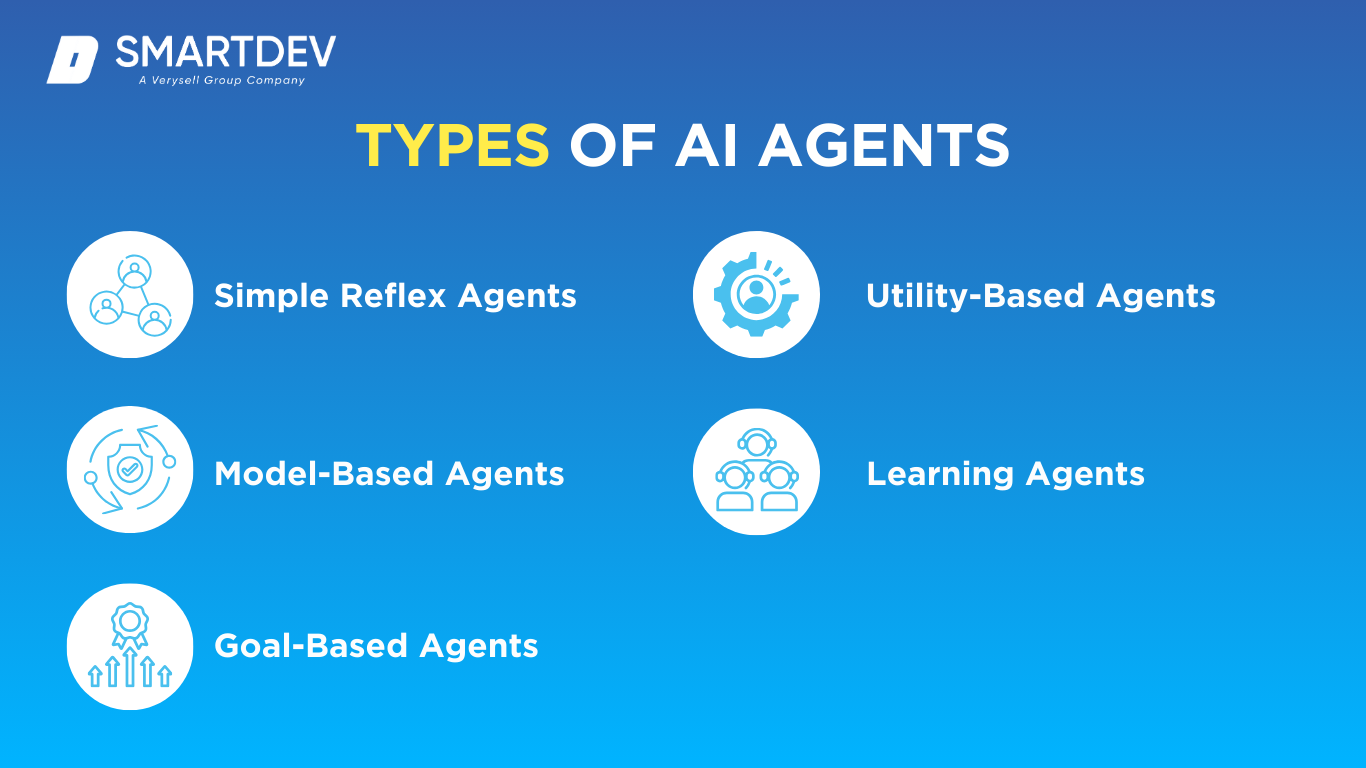
1. Simple Reflex Agents
Definition: Simple reflex agents operate by responding to specific stimuli in their environment with predefined actions. They typically follow a set of “if-then” rules, making them highly reactive but not adaptive.
Examples in Automation and IoT: These agents are common in IoT systems like smart thermostats, where they adjust temperature based on pre-defined conditions such as time of day or detected occupancy.
| Pros | Cons |
| Easy to implement. | Lacks flexibility and learning. |
| Effective for simple tasks. | Cannot adapt to new or unexpected conditions. |
2. Model-Based Agents
Definition: Model-based agents have an internal model of the world that they update as they gather more data. This allows them to plan and make decisions that account for both the current and future states of the environment.
How They Use Internal Models to Plan Actions: These agents are capable of reasoning about the world beyond immediate stimuli. By using internal representation, they can anticipate the effects of their actions and make informed decisions.
| Pros | Cons |
| Can plan and foresee outcomes. | Requires more computational resources. |
| Adaptable to changing environments. | Complex to implement and maintain. |
3. Goal-Based Agents
Definition: Goal-based agents focus on achieving specific objectives. They can plan their actions to fulfill a goal, using methods such as search algorithms or pathfinding to determine the best course of action.
Use Cases in Navigation and Search Algorithms: These agents are ideal for applications such as autonomous vehicles, where the goal is to navigate from one location to another, or search algorithms in AI, where the goal is to find the most efficient solution to a problem.
| Pros | Cons |
| Highly efficient for task-specific objectives. | Can be computationally expensive if goals are complex. |
| Well-suited for dynamic environments. | Struggles with vague or ill-defined goals. |
4. Utility-Based Agents
Definition: Utility-based agents aim to maximize a utility function, which measures how well a particular action or state satisfies a set of preferences or goals.
Applications in Optimization Tasks: These agents are commonly used in optimization tasks, such as financial portfolio management or logistics routing, where the goal is to maximize efficiency or minimize costs.
| Pros | Cons |
| Capable of fine-tuning decisions for optimal outcomes. | Can be computationally intensive. |
| Well-suited for complex, multi-objective problems. | Requires accurate utility functions. |
5. Learning Agents
Definition: Learning agents are capable of improving their performance over time by learning from experience. These agents continuously adapt their behavior based on feedback from the environment or past actions.
Real-World Examples in Self-Improving Systems: Self-driving cars and recommendation systems (like Netflix or Amazon) are prime examples of learning agents. These systems evolve over time as they gather more data and refine their algorithms.
| Pros | Cons |
| Can adapt to a wide range of tasks and environments. | May require large amounts of data and time to learn. |
| Continuously improves performance. | Risk of learning unintended behaviors. |
“Ready to bring your AI agent to life? Start creating with our step-by-step guide.
D. 45 Real-Life AI Agent Examples Transforming the World
-
Customer Support AI Agents
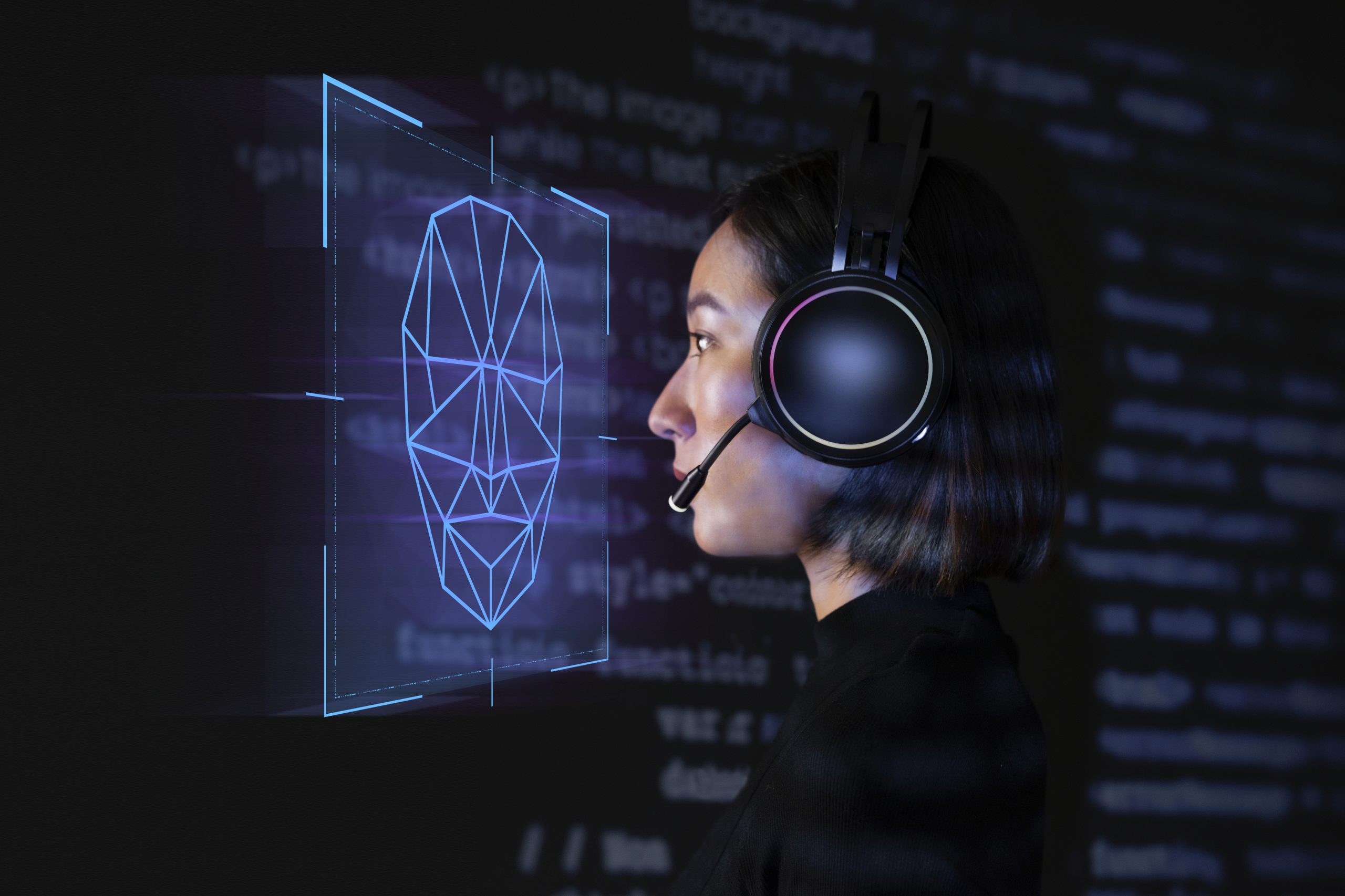
AI agents are reshaping customer service by automating responses, providing personalized support, and handling high volumes of queries. Businesses are seeing significant improvements in customer satisfaction and operational efficiency.
- Zendesk AI: Zendesk’s AI-powered platform helps businesses automate customer support, reducing response time and enhancing user satisfaction. Zendesk claims that businesses using their AI tools have reduced their ticket response times by 30% on average (Zendesk)
- Intercom AI Bots: Intercom’s AI bots assist companies in offering real-time, personalized interactions with customers. According to their data, companies that use AI-driven bots have seen 50% faster response times and a 40% reduction in support costs. Intercom
- Ada: Ada automates responses to frequently asked questions, managing high-volume queries effortlessly. Ada reports that companies using their AI bot have handled 80% of customer inquiries without human intervention.
-
Virtual Assistants

Virtual assistants have become an integral part of everyday life, helping users manage tasks, control devices, and get information. These AI agents are now embedded in millions of homes and businesses worldwide.
- Amazon Alexa: Amazon’s voice assistant has been installed on over 100 million devices worldwide. It handles tasks like controlling smart home devices, setting reminders, and playing music with over 1 billion voice interactions every week. Amazon Alexa
- Google Assistant: Google Assistant is used on over 500 million devices globally, helping users with tasks, answering questions, and integrating with smart home systems. Google Assistant is known for its accuracy, with a 92% rate in answering general knowledge questions. Google Assistant
- Siri is Apple’s voice-activated assistant, integrated into devices like iPhones, Macs, and Apple Watches. It helps users perform tasks such as setting reminders, sending messages, and controlling smart home devices. With over 500 million active users, Siri is deeply embedded in the Apple ecosystem, offering seamless interaction across devices.
- Cortana, originally launched as a voice assistant, is now focused on enhancing productivity within Microsoft 365. It helps users manage tasks, schedule meetings, and organize emails. While it’s less prominent in consumer use, it’s valuable for those using Microsoft’s software suite.
-
AI Agents for Creative Content

AI agents are also transforming creative industries, providing tools that help marketers, writers, and artists generate content quickly and efficiently. These AI-driven platforms are designed to understand language and visual aesthetics, making content creation faster and more accessible.
- Jasper AI: Jasper helps create high-quality content like blog posts and marketing copy in seconds. In a case study, Jasper users reported saving up to 80% of the time typically spent on content creation.
Jasper
- DeepArt.io: This AI transforms photos into artworks by mimicking the style of famous artists like Van Gogh or Picasso. The platform claims that it processes millions of images each day, turning ordinary photos into unique pieces of art with an average 95% user satisfaction rate.
- Writesonic: An AI-powered platform that generates blog posts, advertisements, and articles. Writesonic uses advanced natural language processing to help marketers and content creators quickly produce SEO-friendly and engaging text, significantly cutting down content creation time.
- Runway ML: This AI platform empowers creators to edit and generate videos and images. Runway ML offers tools like style transfer, object removal, and video segmentation, making it a valuable resource for professionals in film, photography, and graphic design.
-
Autonomous Driving AI
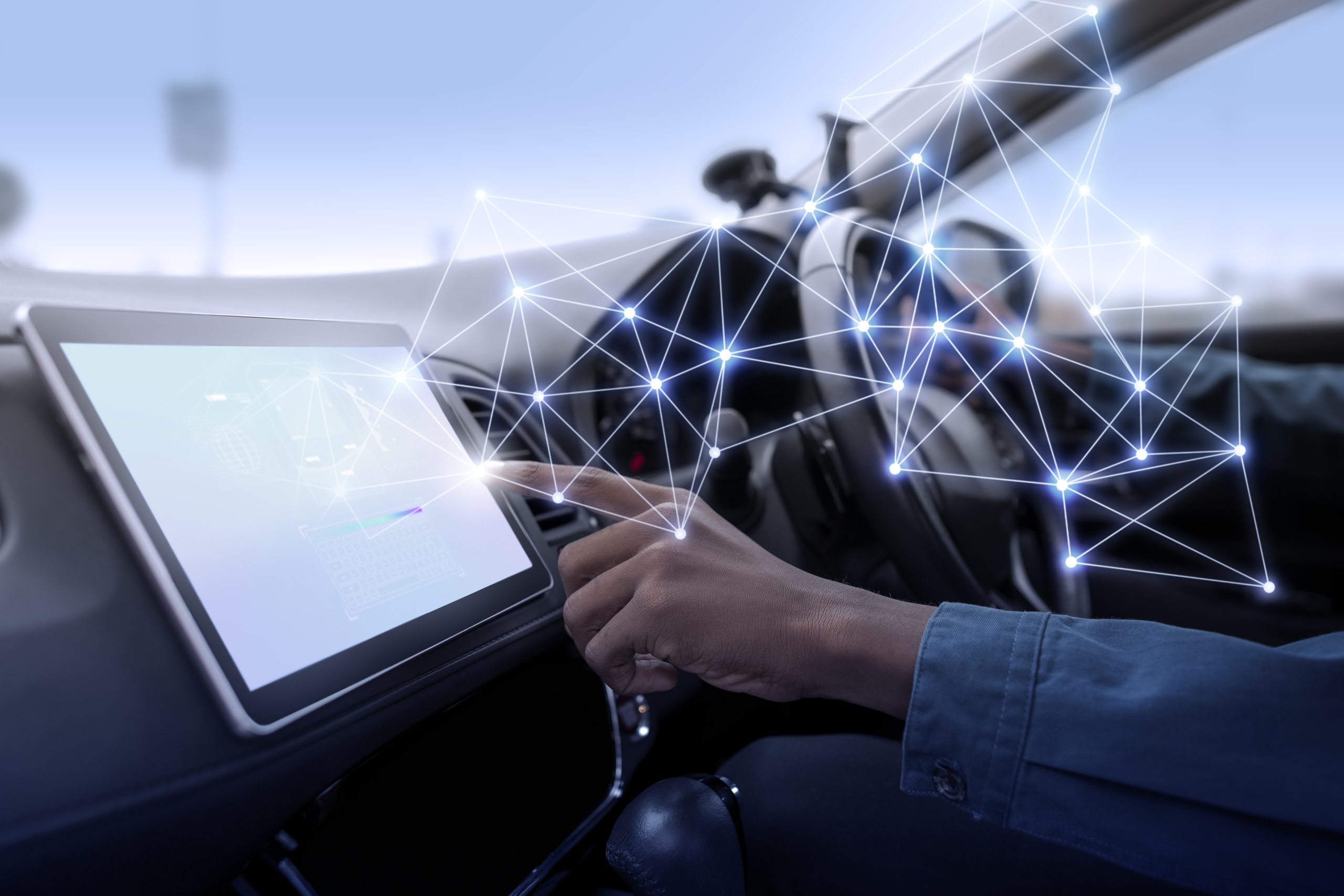
AI agents in autonomous driving are revolutionizing transportation by enhancing vehicle safety, improving traffic flow, and reducing human driving errors. These AI-driven systems use sensors, cameras, and machine learning to navigate roads, detect obstacles, and make real-time driving decisions.
- Tesla Autopilot – Tesla’s AI-powered driver assistance system offers advanced self-driving capabilities, such as lane-keeping, adaptive cruise control, and automatic lane changes. With over 1 billion miles driven in Autopilot mode, Tesla continues to refine its AI for safer autonomous driving.
- Waymo Driver – Waymo, a subsidiary of Alphabet, has developed an AI-powered self-driving system that operates a fleet of fully autonomous vehicles. Waymo’s technology has completed 20 million miles on public roads and billions more in simulation testing, making it one of the most advanced autonomous driving solutions. Waymo Driver
- Cruise AI – Cruise, owned by General Motors, specializes in AI-driven self-driving taxis designed for urban environments. Cruise vehicles have logged over 5 million miles autonomously, with a focus on ride sharing and reducing traffic congestion in cities. Cruise AI
- NVIDIA Drive – NVIDIA provides an AI-powered computing platform for self-driving vehicles. Its technology enables automakers to develop autonomous systems that process sensor data, detect objects, and make split-second driving decisions. Many leading car manufacturers use NVIDIA’s AI for driver assistance and autonomous vehicle development.
-
Healthcare AI Agents

AI is transforming healthcare by improving diagnostics, automating workflows, and assisting medical professionals in delivering better patient care. These AI agents analyze vast amounts of medical data to enhance efficiency and accuracy in diagnosis and treatment.
- PathAI – PathAI leverages machine learning to assist pathologists in diagnosing diseases with higher accuracy. Studies show that AI-powered pathology tools can reduce diagnostic errors by 85%, making early detection and treatment more effective. PathAI
- Babylon Health AI – Babylon Health provides virtual consultations and AI-powered symptom checkers. Its AI chatbot helps users identify potential health issues and recommends whether they should seek medical care. Babylon’s AI handles 4,000 consultations per day, improving accessibility to healthcare. Babylon Health
- Aidoc – Aidoc’s AI specializes in radiology workflows, helping radiologists detect abnormalities in medical images faster. Hospitals using Aidoc report a 35% reduction in diagnostic turnaround time, allowing for quicker patient treatment. Aidoc
- IBM Watson Health – IBM Watson Health analyzes large datasets to provide insights for medical research and patient care. It has been used to recommend cancer treatments with an 89% accuracy rate, aligning closely with human oncologists’ decisions.
- Freenome – Freenome uses AI to detect early signs of cancer through blood tests. Its AI-driven models can identify cancer markers with up to 94% accuracy, making early intervention more effective. Freenome
-
Financial Assistants
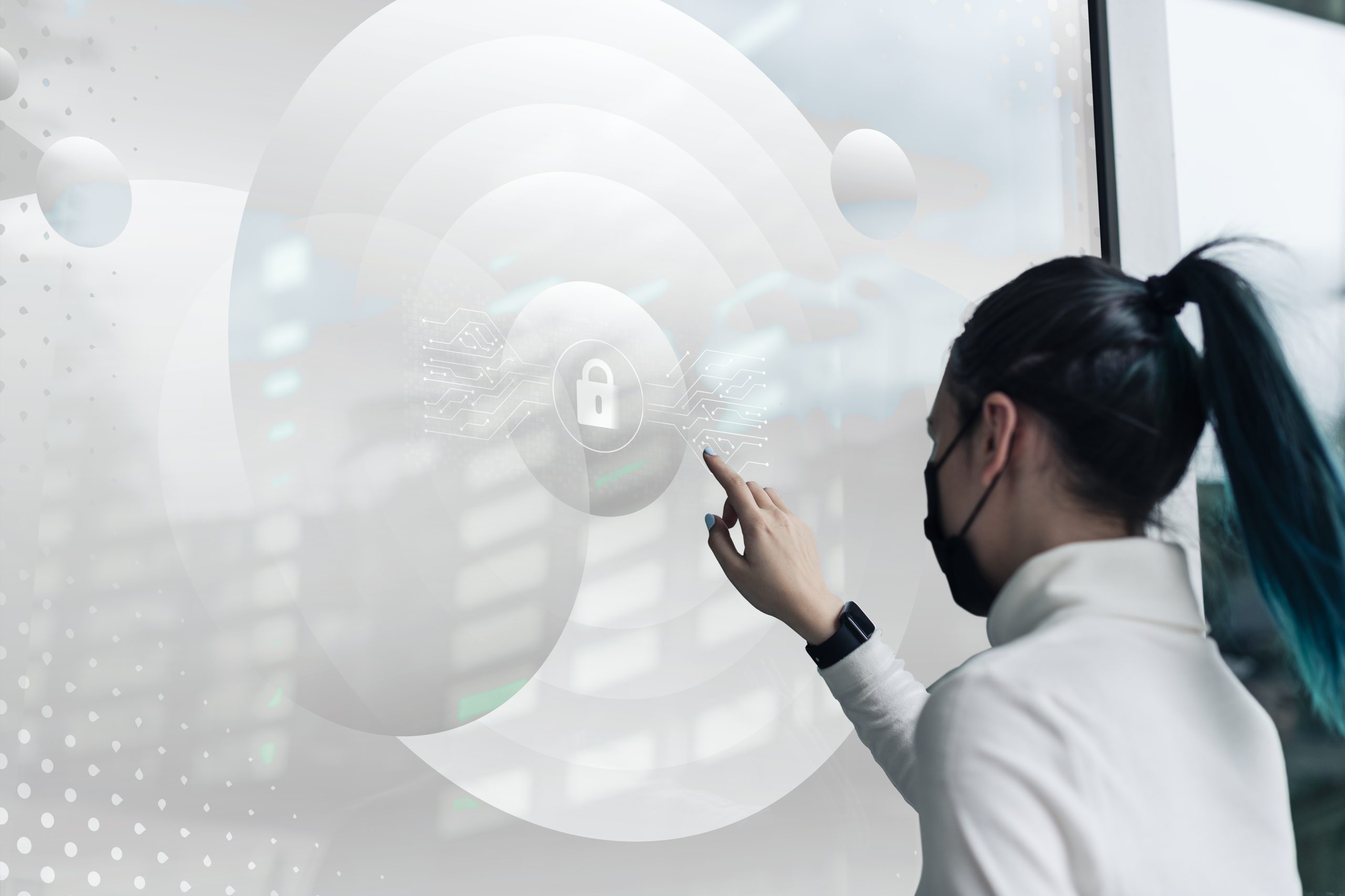
AI-powered financial assistants help users manage their money, track spending, and make smarter financial decisions. These AI agents analyze transactions, detect trends, and provide personalized financial recommendations.
- Cleo AI – Cleo is an AI chatbot that helps users’ budget and save money. With over 5 million users, Cleo provides spending insights, expense tracking, and financial coaching, helping users save an average of $300 per month. Cleo AI
- Eno by Capital One – Eno is Capital One’s AI assistant that monitors accounts, detects fraudulent transactions, and provides spending insights. Eno has analyzed over 3 billion transactions and prevented thousands of fraud cases.
- Kasisto’s KAI – KAI is an AI-powered chatbot used by banks to provide automated customer support and financial insights. It enables digital banking services like transaction queries and account management, improving customer experience. Kasisto’s KAI
- Plaid AI – Plaid connects users with financial tools, allowing them to securely link bank accounts to budgeting apps, payment services, and investment platforms. Plaid powers financial services for over 11,000 banks and fintech companies. Plaid AI
-
Education and Learning Agents
![]()
AI is transforming education by personalizing learning experiences, improving study efficiency, and making education more accessible. These AI agents help students learn at their own pace and provide real-time feedback.
- Duolingo Bots – Duolingo’s AI-powered chatbots help language learners practice conversations in real-time. The app has over 500 million downloads, with AI-driven features improving learning retention by 35%. Duolingo Bots
- Khan Academy AI Tutor – Khan Academy’s AI-driven tutor provides personalized learning paths for students in various subjects. With over 120 million students, its AI adapts lessons based on a student’s progress, making education more efficient. Khan Academy AI Tutor
- Quizlet Learn – Quizlet’s AI helps students’ study by creating personalized quizzes and flashcards. Students using Quizlet’s AI-powered study tools score 50% higher on tests compared to traditional study methods. Quizlet Learn
- Socratic by Google – Socratic is an AI-powered homework helper that uses image recognition and natural language processing to provide explanations for math, science, and humanities questions. It helps students solve problems instantly by breaking down concepts step-by-step. Socratic
-
Sales and E-commerce Bots
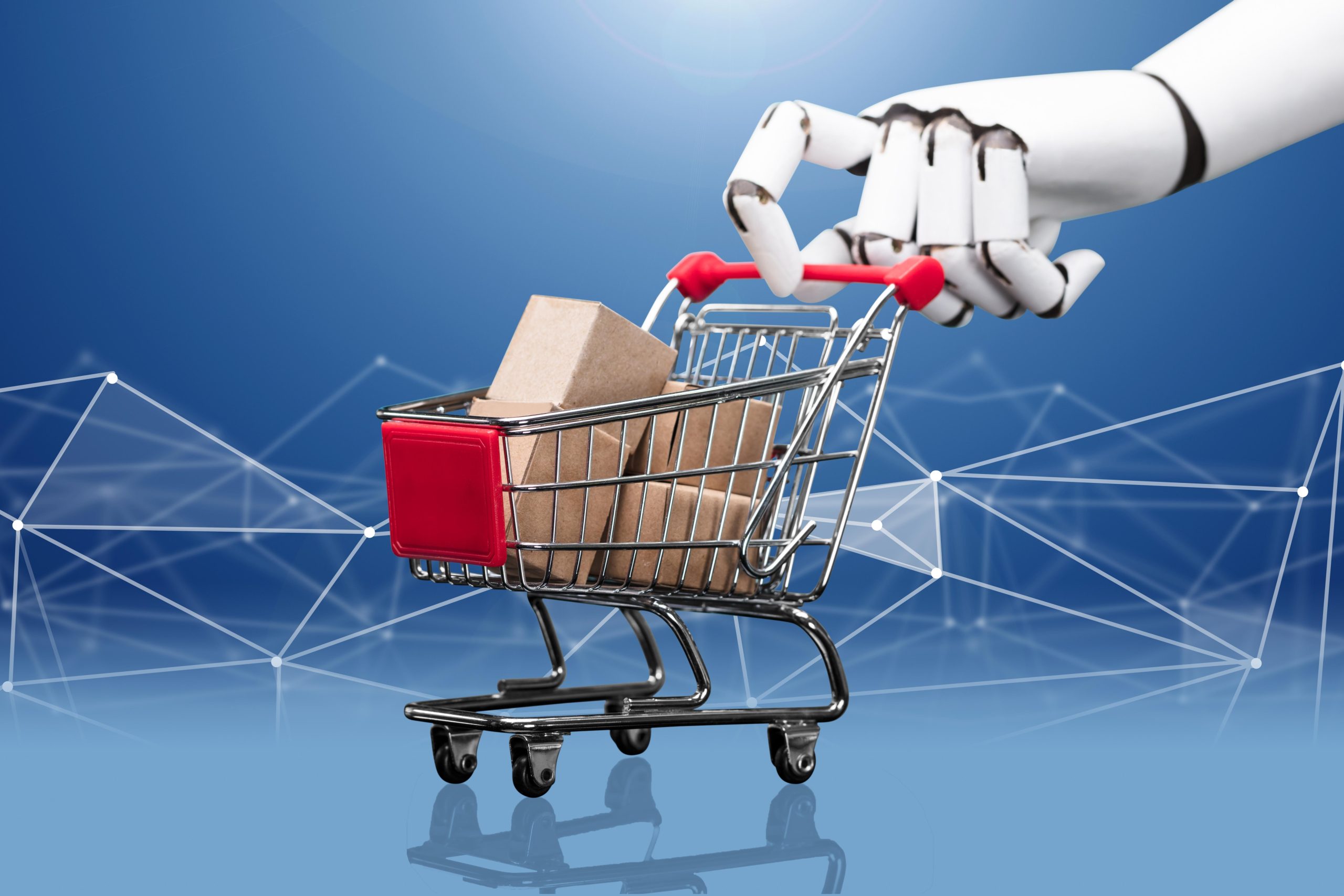
AI agents are transforming the sales and e-commerce industry by enhancing customer engagement, automating sales processes, and providing data-driven insights. These intelligent bots help businesses optimize customer interactions, personalize shopping experiences, and increase conversion rates.
- Drift AI – A conversational AI tool designed to engage customers in real-time and qualify leads. Businesses using Drift AI report a 30% increase in qualified leads and a 50% faster response time to customer inquiries. Drift AI
- Salesforce Einstein – An AI-powered sales optimization tool that provides predictive analytics, automates sales workflows, and personalizes customer interactions. Companies using Einstein AI have seen a 40% improvement in sales productivity. Salesforce Einstein
- ChatGPT Plugins for Shopify – AI-driven chatbots integrated into Shopify stores help businesses offer instant customer support, product recommendations, and checkout assistance, leading to a 25% increase in customer engagement. ChatGPT Plugins for Shopify
- HubSpot AI – HubSpot AI streamlines marketing, sales, and service tasks by automating lead management, email marketing, and customer support. Businesses using HubSpot AI have reported a 35% reduction in manual sales tasks and an improvement in overall workflow efficiency. HubSpot AI
-
AI for Code and Development

AI-powered coding assistants are revolutionizing software development by providing real-time code suggestions, debugging assistance, and predictive code completions. These AI agents help developers write code faster, reduce errors, and improve productivity.
- GitHub Copilot – An AI-driven code completion assistant developed by GitHub and OpenAI. Copilot suggests entire lines of code based on context, helping developers code 50% faster on average. GitHub Copilot
- TabNine – A predictive AI coding assistant that offers intelligent code completions for multiple programming languages. Developers using TabNine have reported a 30% increase in coding efficiency. TabNine
- Replit Ghostwriter – A real-time AI coding assistant integrated into the Replit platform. Ghostwriter provides instant debugging help and coding suggestions, reducing development time by 40%. Replit Ghostwriter
-
AI Agents for Security
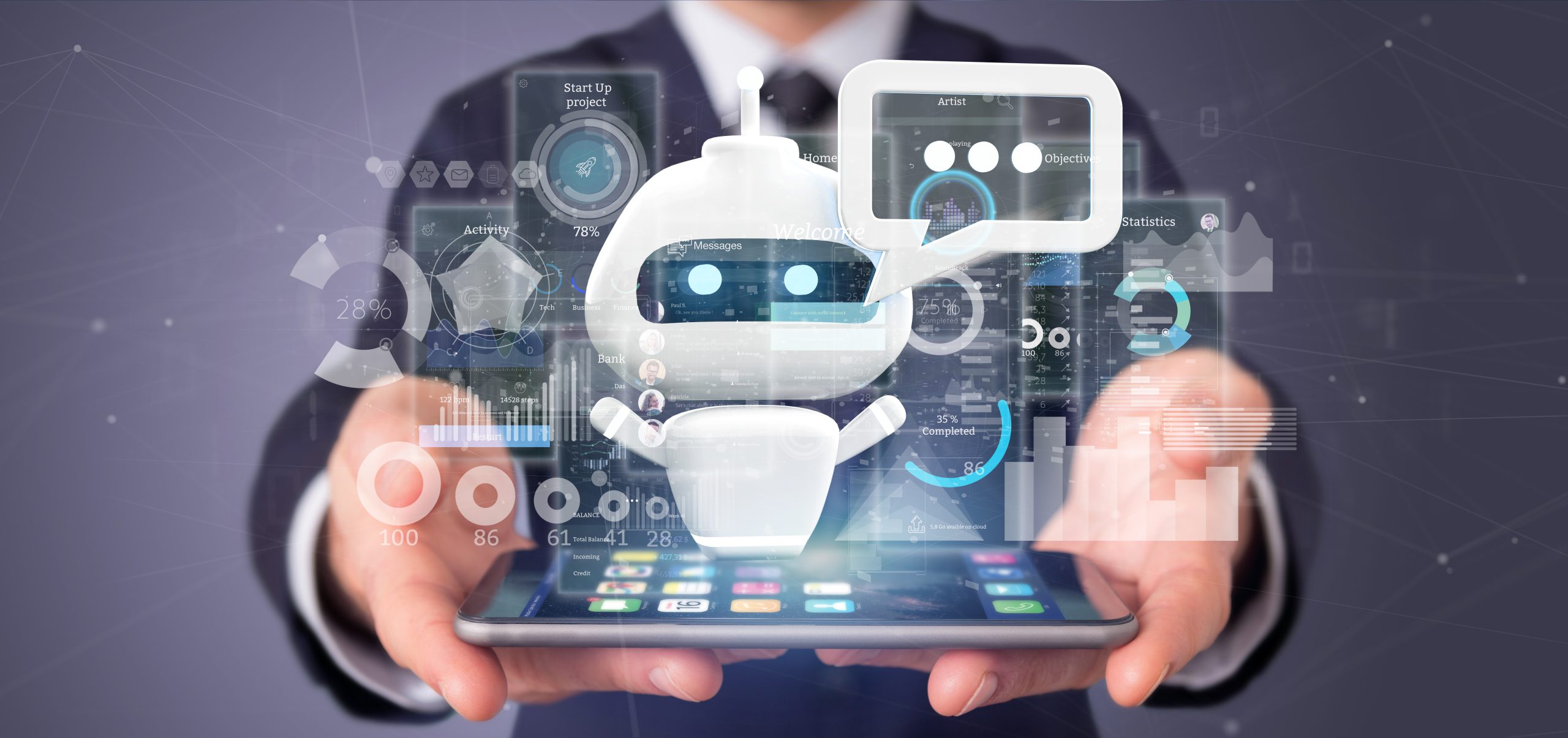
AI is playing a critical role in cybersecurity by detecting threats, preventing cyberattacks, and improving response times. These AI-driven security solutions analyze large datasets, identify suspicious activities, and help businesses strengthen their digital security.
- Darktrace – A leading AI for cybersecurity that detects and mitigates cyber threats in real-time. Darktrace’s AI has helped companies reduce response time to threats by 60%, improving overall security resilience. Darktrace
- Cylance – A predictive AI tool that prevents malware attacks before they occur. Cylance claims to have stopped 99% of malware threats, offering proactive security solutions to businesses worldwide. Cylance
- CrowdStrike Falcon – An AI-powered endpoint protection system that detects and neutralizes cyber threats. CrowdStrike’s Falcon AI reduces attack detection time from hours to seconds, enhancing corporate cybersecurity. CrowdStrike Falcon
- Vectra AI – A security AI platform that monitors networks, detects anomalies, and mitigates cyber threats in real-time. Vectra AI has successfully helped companies reduce security breaches by 70%. Vectra AI
-
AI Agents in Agriculture

AI is revolutionizing agriculture by improving crop monitoring, optimizing resource use, and enhancing yield predictions. These AI-driven tools help farmers make data-driven decisions, increasing efficiency and sustainability in farming.
- John Deere AI – John Deere integrates AI into his farming equipment to enable precision agriculture. With AI-driven automation, farmers can optimize seed planting, monitor soil conditions, and reduce water and pesticide use. Studies show that John Deere’s AI tools can increase crop yields by 15% while reducing resource waste. John Deere AI
- FarmBot – FarmBot is an AI-powered robotic farming system that automates small-scale crop production. It uses computer vision and AI to monitor plant growth, detect pests, and precisely apply water and nutrients. FarmBot has been shown to reduce water usage by up to 90%, making it ideal for sustainable farming. FarmBot
- IBM Watson for Agriculture – IBM’s AI provides weather forecasting, crop disease detection, and predictive analytics for farmers. By analyzing satellite imagery and climate data, IBM Watson helps farmers anticipate yield fluctuations and reduce losses. IBM’s AI-powered insights have helped farms improve productivity by 20%.
-
AI for Collaboration and Productivity

AI-powered productivity tools streamline workflows, automate repetitive tasks, and improve workplace efficiency. These AI agents enhance collaboration by integrating with team communication platforms and document management systems.
- Slack Workflow AI – Slack’s AI automates team workflows, schedules meetings, and organizes information across conversations. Companies using Slack AI report a 30% reduction in meeting times and a 25% increase in team productivity. Slack
- Notion AI – Notion AI enhances document editing, summarization, and project management. It helps users write faster, generate ideas, and structure tasks efficiently. Professionals using Notion AI save 40% of their time on documentation and task organization.
E. Benefits of AI Agents
Artificial Intelligence (AI) agents are becoming indispensable in modern industries, offering significant improvements in efficiency, accuracy, and user experiences. Their ability to automate tasks, analyze large amounts of data, and scale operations seamlessly is reshaping how businesses and individuals interact with technology.
Below, we explore the core benefits of AI agents and how they are revolutionizing various sectors.
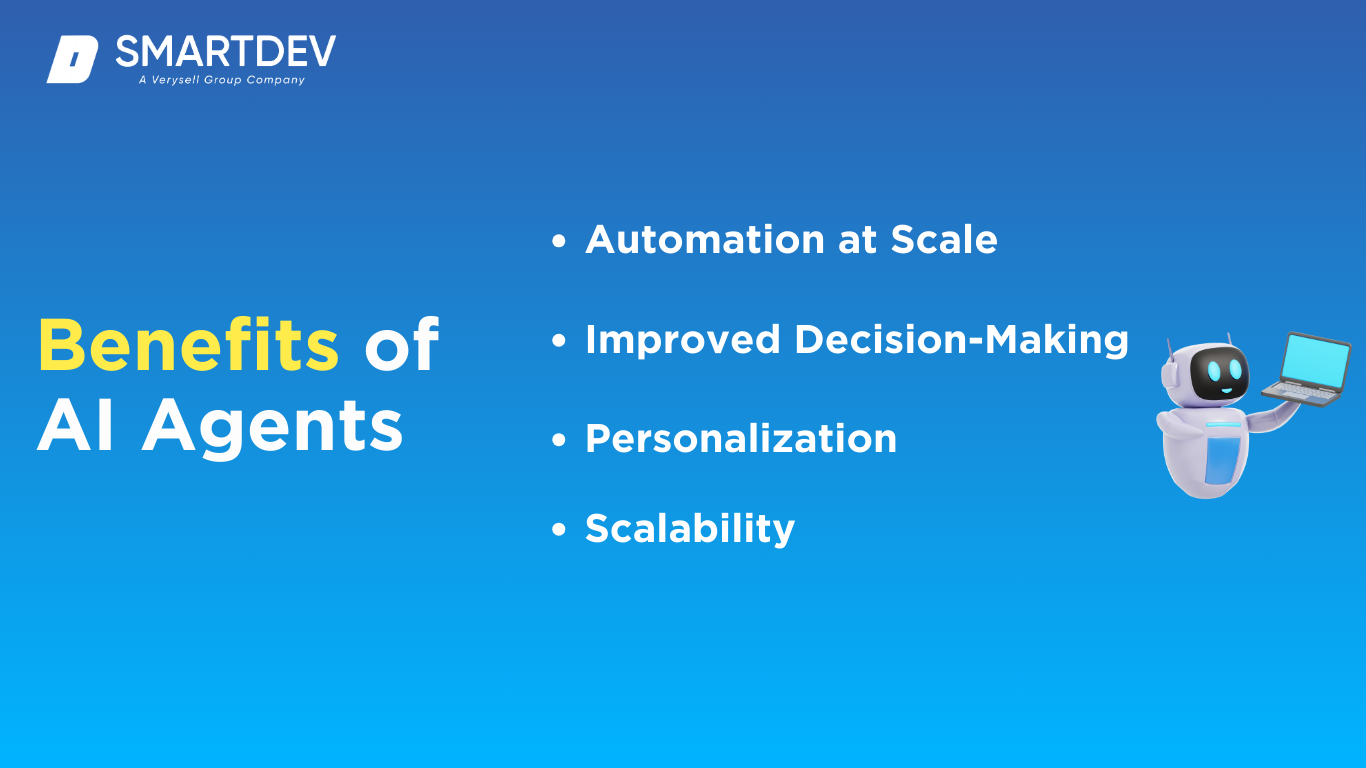
Automation at Scale: Reducing Repetitive Tasks
One of the most immediate and impactful benefits of AI agents is their ability to automate repetitive tasks, allowing organizations to focus on more complex and strategic work. Many industries, from customer service to manufacturing, rely on AI-powered systems to handle mundane and time-consuming processes efficiently.
For example, in customer service, AI chatbots can handle a large volume of inquiries, answering common questions instantly and only forwarding complex cases to human representatives. This automation reduces response times and ensures customers receive prompt assistance. Similarly, in software development, AI-driven tools like GitHub Copilot assist programmers by predicting and suggesting code, significantly speeding up the development process.
By automating repetitive tasks, AI agents help businesses reduce human error, lower labor costs, and improve overall productivity. Employees can redirect their focus toward creative problem-solving and innovation rather than spending time on routine work. This shift enhances job satisfaction while driving operational efficiency.
Improved Decision-Making: Data-Driven Insights in Real-Time
AI agents excel at processing vast amounts of data in real time, providing organizations with accurate and actionable insights. This ability allows businesses to make informed decisions based on up-to-date information rather than relying on intuition or outdated reports.
With AI-driven analytics, businesses can anticipate market trends, predict customer behavior, and optimize operations. Companies in retail, for example, leverage AI to forecast demand, adjust inventory levels, and personalize marketing strategies. These insights minimize waste, increase revenue, and enhance customer satisfaction by ensuring that products and services align with consumer needs.
Personalization: Tailored User Experiences
AI agents are transforming user experiences by delivering highly personalized interactions. By analyzing user preferences, behavior, and past interactions, AI-powered systems can tailor recommendations, content, and services to individual users.
By understanding individual needs and preferences, AI agents create more meaningful and efficient interactions, improving customer engagement and overall user satisfaction.
Scalability: Handling Increasing Demand
As businesses grow, maintaining efficiency while managing increased demand can be a challenge. AI agents provide scalability, allowing organizations to expand their operations without a proportional increase in resources or workforce.
In customer service, AI chatbots can handle thousands of inquiries simultaneously, ensuring businesses maintain high-quality support even during peak periods. Traditional customer service teams would require significant staffing increases to match the same level of service, making AI-driven scalability a cost-effective solution.
Scalability is particularly critical in industries experiencing rapid digital transformation. Online learning platforms, telehealth services, and financial institutions all rely on AI to accommodate growing user bases without compromising performance. AI’s ability to scale ensures that businesses remain agile, responsive, and capable of meeting increasing consumer expectations.
F. Challenges and Limitations

Ethical Concerns: Bias and Privacy Issues
AI agents are often trained on large datasets that may contain biases, leading to unfair or discriminatory outcomes. For example, an AI used for hiring decisions could favor certain demographics if the training data is biased.
Additionally, privacy concerns arise as AI systems collect and process personal data, potentially exposing individuals to risks of surveillance or unauthorized data access. Addressing these ethical issues requires transparency, proper data management, and adherence to privacy regulations.
Technical Challenges: Data Dependency and Resource Costs
AI agents rely heavily on high-quality data to function accurately, but obtaining and cleaning large datasets can be time-consuming and expensive. Moreover, training AI models, especially complex ones, requires significant computational power and resources, which can be cost-prohibitive for smaller businesses or startups. This technical barrier limits the accessibility and scalability of AI solutions in some industries.
To better understand how data preparation impacts your overall budget, explore our breakdown of AI Development Costs and discover cost-effective strategies to streamline your AI build.
Lack of Generalization: Narrow AI Limitations
Most AI agents are designed for specific tasks, which makes them highly effective in certain areas but limited in others. For instance, an AI system trained to play chess may perform excellently in that context but struggle with completely different tasks. This narrow focus, known as narrow AI, limits its ability to generalize across a wide range of situations, reducing its flexibility and applicability in dynamic environments.
G. How to Choose the Right AI Agent for Your Needs
When selecting an AI agent, it’s essential to consider several key factors to ensure that the solution aligns with your goals and infrastructure. Here’s a guide to help you choose the right AI agent for your needs.
Key Criteria to Consider
- Use Case Fit: Determine whether the AI agent aligns with the specific problem you’re trying to solve. For example, if you’re automating customer service, a chatbot like Ada or Zendesk AI might be the best choice. For tasks like data analysis or process optimization, AI agents like IBM Watson or Google AI could be more appropriate.
- Cost and Scalability: Evaluate the cost-effectiveness of the AI agent in terms of both initial implementation and long-term maintenance. Also, consider whether the solution can scale with your business as your needs grow. Solutions like HubSpot AI can scale with your marketing efforts, while OpenAI platforms can be cost-effective for smaller businesses.
- Ease of Integration: The AI agent should integrate smoothly into your existing systems and workflows. If you’re using a platform like Salesforce, opting for Salesforce Einstein would provide seamless integration. Evaluate how the agent works with your existing tools, databases, and APIs to avoid major disruptions.
Comparing AI Agents
When comparing different AI agents, it’s important to weigh the pros and cons of each based on your expertise, requirements, and budget.
- Open-Source vs. Commercial Solutions:
-
- Open-Source: AI agents like Rasa or TensorFlow provide flexibility and customization but may require significant technical expertise to set up and maintain.
-
- Commercial Solutions: Tools like Salesforce Einstein or Ada offer user-friendly interfaces and support, but they come with licensing fees. These might be ideal for businesses with less technical expertise.
- Beginner-Friendly vs. Advanced Tools:
-
- Beginner-Friendly: Platforms like Notion AI or Duolingo Bots are easy to use for non-technical users and provide straightforward implementations for common tasks like content management or learning.
-
- Advanced Tools: More advanced solutions like NVIDIA Drive for autonomous systems or OpenAI’s GPT for natural language processing are suited for businesses with specialized technical needs and greater resources.
H. Future of AI Agents
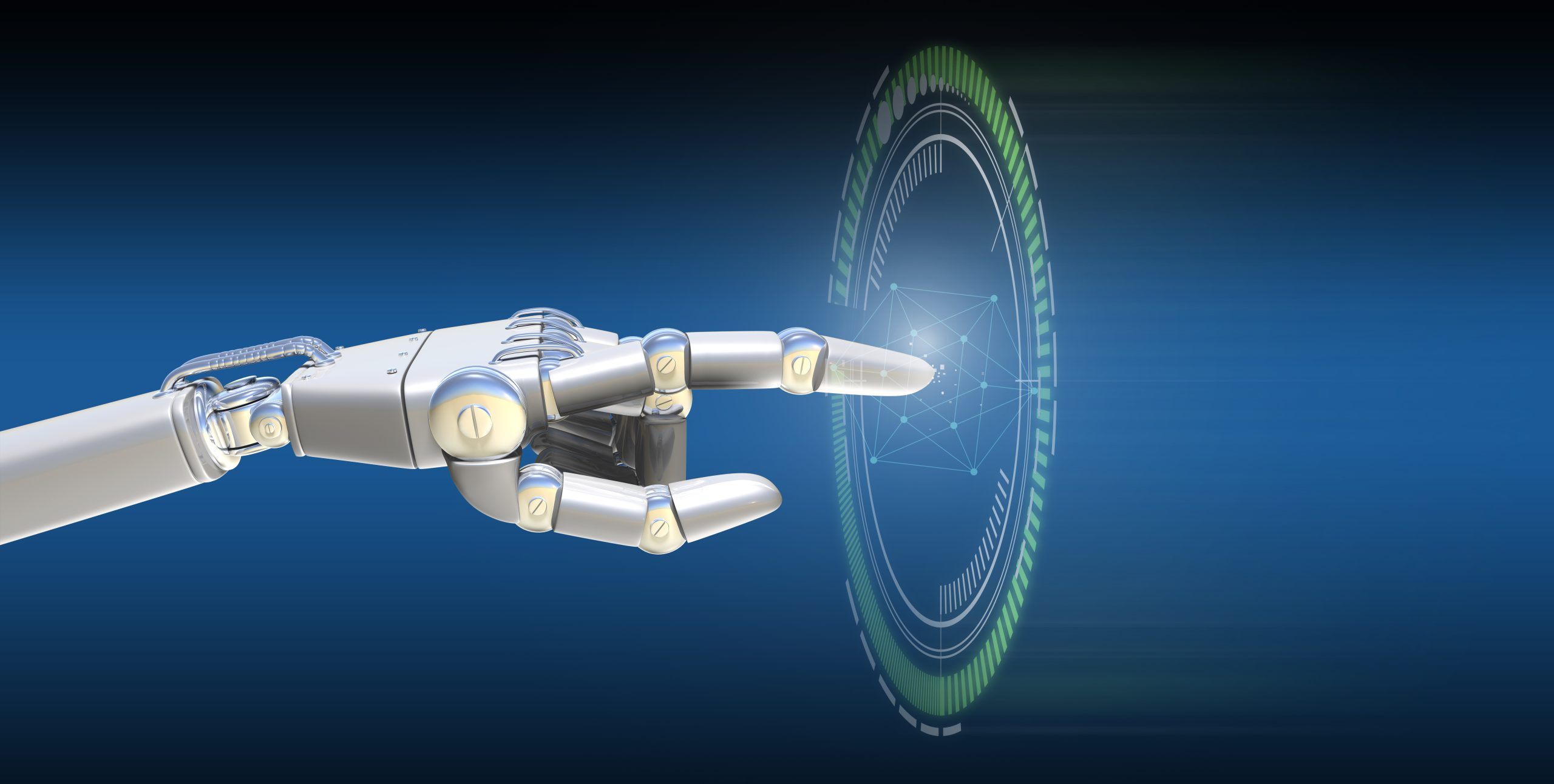
As AI technology continues to evolve, the development of AI agents is becoming more sophisticated and versatile. Here are some key trends to watch out for:
- Trends in AI Agent Development: AI agents are becoming more intelligent, context-aware, and autonomous, enabling them to perform increasingly complex tasks. Expect to see more advanced NLP and predictive capabilities.
- AI Agents for Multimodal Interaction: The future of AI agents includes multimodal interactions, where agents combine text, voice, images, and even video to provide richer, more dynamic user experiences. This can revolutionize industries like healthcare and e-commerce.
- The Rise of Decentralized AI Agents: Decentralized AI agents, powered by blockchain technology, will allow for more privacy-focused and user-controlled AI. This shift could lead to a more democratized use of AI.
- The Role of AI Agents in AGI (Artificial General Intelligence): AI agents could be an important steppingstone toward Artificial General Intelligence (AGI), where machines can perform any intellectual task a human can. While AGI is still a distant goal, AI agents are contributing to its development by handling more complex, generalizable tasks.
Conclusion

AI agents are powerful tools that are reshaping industries by automating tasks, making data-driven decisions, personalizing user experiences, and providing scalability. Their ability to learn and adapt over time sets them apart from traditional software, offering significant improvements in efficiency and effectiveness. From customer service automation to autonomous driving and healthcare applications, AI agents are transforming various sectors and enabling businesses to handle complex, dynamic tasks with ease.
However, the use of AI agents also comes with challenges, such as ethical concerns, data dependency, and the limitations of narrow AI. As AI technology evolves, these agents are becoming more sophisticated, moving toward multimodal interactions and decentralized systems, which will continue to drive innovation and improve user experiences across industries.
Ultimately, choosing the right AI agent depends on your specific needs, budget, and the scalability of the solution. With continued advancements, AI agents are poised to play a key role in the future of automation and intelligent systems.
FAQs
1, How Is AI Agents Different from Chatbots?
AI agents are more sophisticated than traditional chatbots. While chatbots are typically rule-based and designed to handle specific tasks, AI agents can learn, adapt, and perform a wide range of tasks autonomously. AI agents have the ability to process complex data, make decisions, and improve over time, while chatbots often follow a predefined script and are limited to basic conversational exchanges. AI agents can be used in various domains, such as autonomous vehicles, customer service, and healthcare, whereas chatbots are primarily focused on communication.
2, What Skills Are Needed to Build an AI Agent?
Building an AI agent requires a mix of skills in machine learning, data science, and software development. Key skills include:
- Programming languages: Proficiency in languages like Python, R, or Java.
- Machine learning: Understanding of algorithms, supervised and unsupervised learning, and reinforcement learning.
- Data analysis: The ability to work with large datasets and understand data preprocessing.
- Neural networks and deep learning: Knowledge of advanced AI techniques such as neural networks for tasks like image recognition or natural language processing.
- Integration and API management: Understanding how to integrate AI models with other systems and platforms.
3, How Do AI Agents Learn Over Time?
AI agents learn through various methods such as supervised learning, reinforcement learning, and unsupervised learning:
- Supervised learning involves training the AI agent on labeled data, where it compares its predictions with the correct answers and adjusts accordingly.
- Reinforcement learning allows AI agents to learn by interacting with their environment, receiving feedback in the form of rewards or penalties based on their actions.
- Unsupervised learning involves training the AI to identify patterns in data without predefined labels, allowing it to adapt and make decisions independently.
As AI agents interact with their environment and receive feedback, they improve their decision-making abilities and become more efficient over time.


